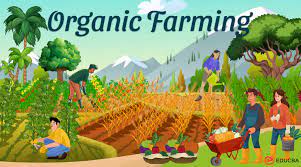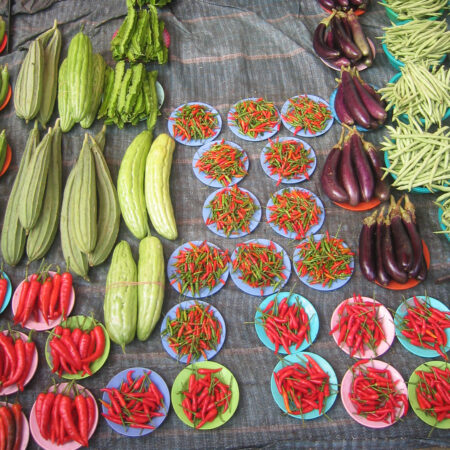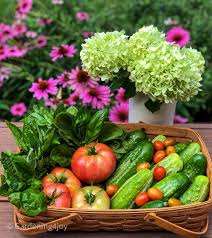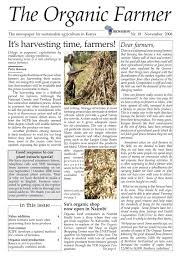
Organic farming seasonal crops are vital for optimizing yields and maintaining soil health. By aligning planting schedules with local climate conditions, farmers can grow a variety of crops that thrive at different times of the year. This practice not only maximizes harvests but also promotes biodiversity, which enhances ecosystem resilience. Seasonal rotation helps prevent pest buildup and reduces the need for chemical interventions, as different crops can disrupt pest cycles. Additionally, planting cover crops during the off-season can improve soil structure, increase organic matter, and boost nutrient availability. By embracing seasonal cropping strategies, organic farmers can create a sustainable farming system that benefits both the environment and the economy.

Organic farming seasonal crops play a critical role in promoting sustainable agricultural practices and maximizing yields while ensuring soil health and biodiversity. By carefully selecting crops that thrive in specific seasons, farmers can effectively utilize the natural rhythms of the environment to enhance productivity and resilience. This practice not only allows for a diverse range of produce to be cultivated throughout the year but also helps in managing soil fertility and pest populations more effectively.
For instance, spring and summer are ideal for planting a variety of vegetables such as tomatoes, peppers, and cucumbers, which flourish in warm weather and contribute significantly to organic farming seasonal crops. These crops benefit from the longer daylight hours and warmer temperatures, resulting in higher yields and better quality produce. Conversely, fall and winter are perfect for growing cold-tolerant crops such as kale, spinach, and root vegetables, which can withstand frost and continue to provide nutritious options even in cooler temperatures.
Incorporating technology and data-driven approaches can further enhance the effectiveness of organic farming seasonal crops. Utilizing tools such as soil moisture sensors, weather forecasting, and crop modeling software can help farmers make informed decisions about when to plant, irrigate, and harvest their crops. By analyzing historical data and current trends, organic farmers can optimize their crop selection and planting schedules, leading to increased efficiency and productivity. Additionally, community-supported agriculture (CSA) programs can help connect farmers with local consumers, fostering a direct relationship that encourages the consumption of seasonal produce and supports local economies. These programs often emphasize the importance of seasonal eating, educating consumers about the benefits of consuming locally grown, organic foods.
In conclusion, organic farming seasonal crops are essential for creating a sustainable agricultural system that prioritizes soil health, biodiversity, and resilience against climate change. By strategically selecting and rotating crops according to the seasons, farmers can optimize yields while minimizing the environmental impact of their practices. This approach not only benefits the farmers and consumers but also contributes to the overall health of the ecosystem. As the demand for organic produce continues to rise, embracing the principles of seasonal cropping will be crucial for meeting food security needs and promoting a sustainable future for agriculture. By prioritizing organic farming seasonal crops, we can ensure that our agricultural practices remain both productive and environmentally responsible, supporting the well-being of future generations.









